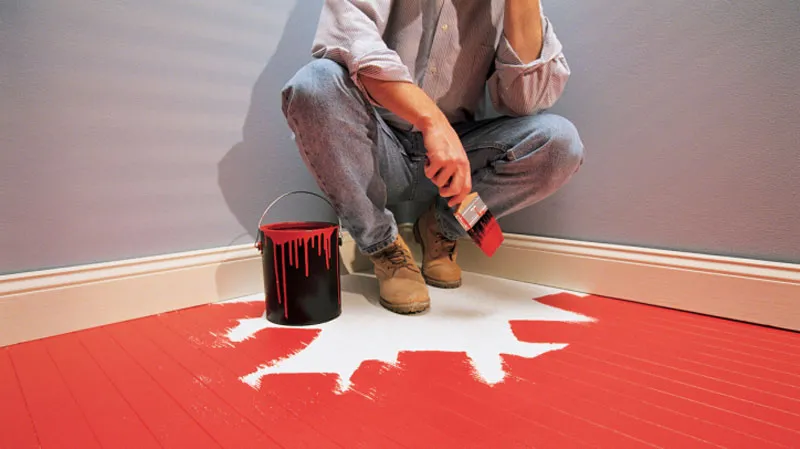Painting can be an exhausting, time-consuming chore; but with some simple tricks, painting can also be enjoyable and straightforward!
Uneven or blotchy paint can be an unsightly eyesore, but this issue can easily be remedied by lightly sanding the area before repainting it. Be sure to properly prepare the wall first in order to guarantee an ideal finish!
1. Not Using the Right Brushes
Painting mistakes can be expensive if they’re done without professional assistance, but fortunately it’s still possible to correct these errors and achieve an impressive finish.
One common misstep made by DIYers is applying too much paint. Doing this can lead to drips, runs and uneven coverage; to avoid this issue, keep your brush loaded to about halfway – this will prevent excess from collecting along wood trim and corners.
One common error when painting can be using an inadequate brush, leading to uneven coverage and even cracking over time. For optimal results, opt for high-quality brushes featuring natural bristles designed specifically for the type of paint being applied.
Holidays in painting can be an annoying obstacle. To prevent them, be sure to work in small sections using quality painters tape for crisp lines. If a holiday does appear, however, it’s usually easy enough to fix by lightly sanding and repainting over it.
2. Not Using the Right Paint
Fresh paint can make an enormous impactful change to the appearance of any room in your home – but without proper care, it could result in making some common painting mistakes that will leave it looking less than ideal!
One common painting mistake do-it-yourselfers make is failing to properly prepare their surface before beginning painting, leading to unsightly streaks and blotches on walls.
DIY painters frequently make the mistake of not mixing their paint before applying coats, particularly green hues (which tend to settle quickly). This step is especially critical when working with green paints (they settle more than other hues).
If your paint is not mixed evenly, its hue will appear uneven on your walls. To prevent this, be sure to shake or stir your can of paint thoroughly prior to each use.
3. Not Using the Right Rollers
Painting walls is an effective way to upgrade any home. Unfortunately, however, many do-it-yourselfers make common errors that lead to streaky and uneven finishes on their walls resulting in unsightly streaks, blotches, and streaks that mar the final results.
One of the most frequently made painting mistakes is overloading their brush or roller with too much paint. Dipping your brush or roller randomly into the pot could result in excess paint dripping down onto walls and ceilings as well as roller marks being left behind on both surfaces.
Avoid this scenario by using a tray to help control how much paint is applied to each wall, along with suitable brushes and rollers to paint specific areas of your walls – for instance, using angled brushes for detail work and rollers for larger surface areas will give your walls that professional look you desire!
4. Not Using the Right Equipment
Painting isn’t an easy task and requires the appropriate tools, supplies, and preparation. Failure to take these steps could result in an unsightly or less-than-desirable result for DIY painters.
Another frequent mistake is not purchasing enough paint. Sloppy measurements or guesstimating the amount needed may leave you without enough to complete your project, and to avoid this error make sure to measure both your space and calculations twice before visiting a store, purchasing additional supplies just in case any touch-ups arise.
If your tape is pulling pieces of dry paint with it when removed, use a utility knife to cut through its edge where it meets the wall, which will free it and prevent further ripping as you try to pull it off. Next, sand and clean before touching up with an angled brush.


